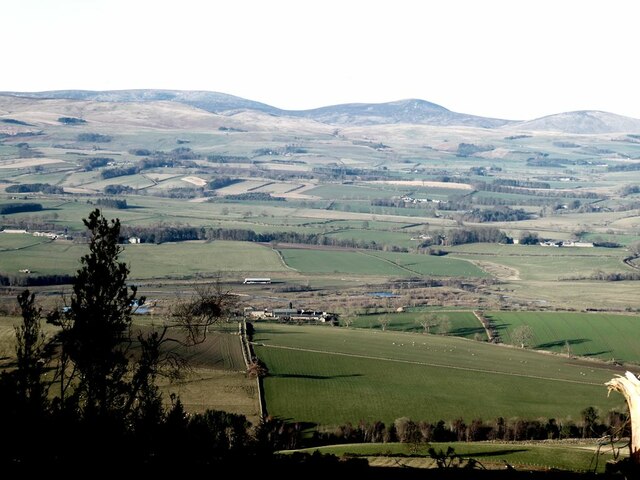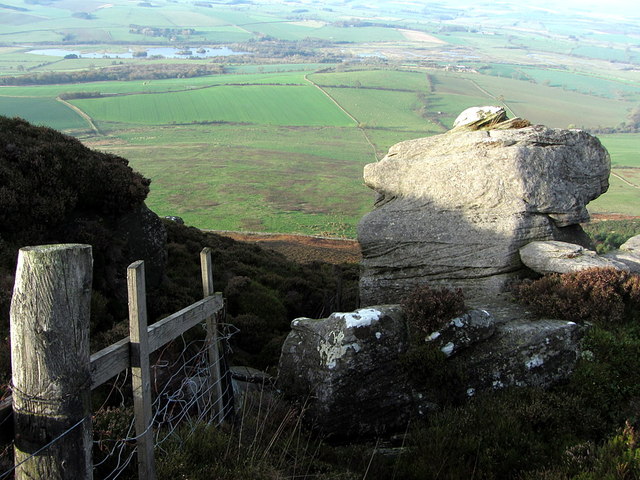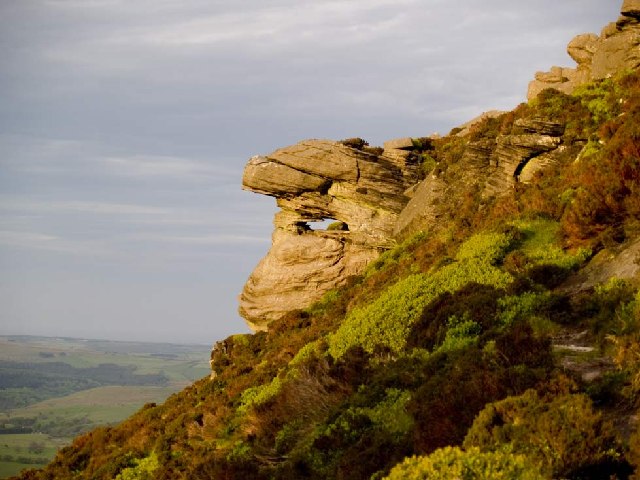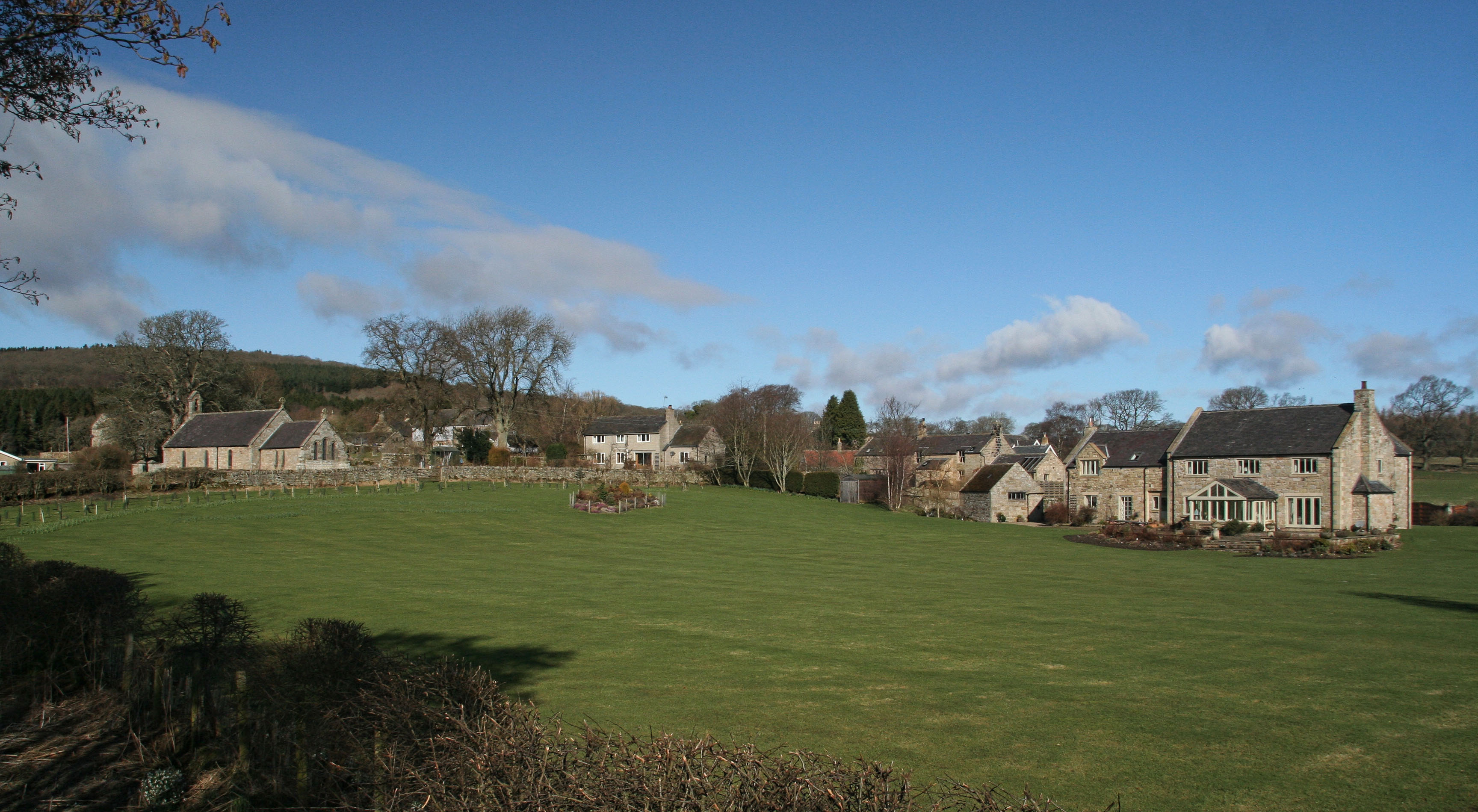Bickerton Wood
Wood, Forest in Northumberland
England
Bickerton Wood

Bickerton Wood is a picturesque woodland located in Northumberland, England. Covering an area of approximately 100 acres, it is a popular destination for nature lovers, hikers, and birdwatchers. The wood is situated near the village of Bickerton, about 10 miles south-west of the town of Hexham.
The woodland is predominantly made up of broadleaf trees, including oak, beech, and ash. The dense canopy provides a cool and shaded environment, making it a pleasant place to escape the summer heat. The forest floor is covered in a carpet of wildflowers, with bluebells and primroses being particularly abundant during the spring.
Bickerton Wood is home to a diverse range of wildlife. Bird enthusiasts will be delighted to spot species such as woodpeckers, tits, and finches, while lucky visitors may even catch a glimpse of the elusive red squirrel. The wood is also teeming with various insects, butterflies, and small mammals.
Several walking trails crisscross the wood, allowing visitors to explore its beauty at their own pace. These paths lead through ancient trees, alongside babbling brooks, and up gentle slopes, providing stunning views of the surrounding countryside. Additionally, there are benches scattered throughout the wood, inviting visitors to sit and take in the tranquil surroundings.
Overall, Bickerton Wood offers a peaceful and enchanting experience for those seeking a connection with nature. Whether it is for a leisurely stroll, a picnic, or simply to enjoy the sights and sounds of the woodland, this beautiful forest in Northumberland is well worth a visit.
If you have any feedback on the listing, please let us know in the comments section below.
Bickerton Wood Images
Images are sourced within 2km of 55.29742/-1.9964122 or Grid Reference NU0000. Thanks to Geograph Open Source API. All images are credited.





Bickerton Wood is located at Grid Ref: NU0000 (Lat: 55.29742, Lng: -1.9964122)
Unitary Authority: Northumberland
Police Authority: Northumbria
What 3 Words
///duplicity.making.owner. Near Rothbury, Northumberland
Nearby Locations
Related Wikis
Reivers Way
The Reivers Way is a long-distance footpath in Northumberland, passing through the Northumberland National Park and the Cheviot Hills. Totalling 242 kilometres...
Hepple
Hepple is a small village and parish in rural Northumberland, 4 miles (6.4 km) west of Rothbury, which provides most of its local services. It is on the...
Tosson Hill
Tosson Hill is the highest hill in the Simonside Hills to the south of Rothbury in Northumberland, England. The summit lies about 2 kilometres (1.2 mi...
Simonside Hills
The Simonside Hills are a hill range in Northumberland, England near the town of Rothbury. Most of the hills are around 300–400 metres (980–1,310 ft) high...
Thropton
Thropton is a hamlet in Northumberland, England, located on the River Coquet, and its tributary Wreigh Burn. With a population of 458 (2011 census) it...
Snitter
Snitter is a village and civil parish in Northumberland, England. It is near the Northumberland National Park. The closest town is Rothbury. == Governance... ==
Cartington
Cartington is a village and former civil parish, now in the parish of Thropton, in Northumberland, England. It is about 11 miles (18 km) south west of...
Holystone, Northumberland
Holystone is a small village and former civil parish, now in the parish of Harbottle, in Northumberland, England. It lies on the edge of (and just within...
Have you been to Bickerton Wood?
Leave your review of Bickerton Wood below (or comments, questions and feedback).


















